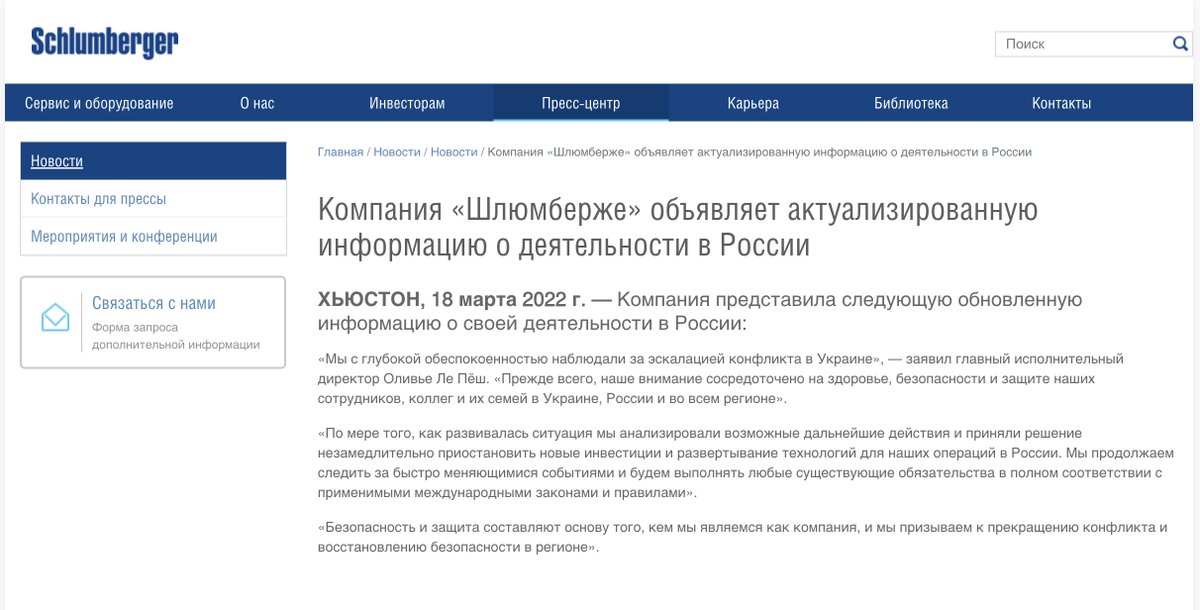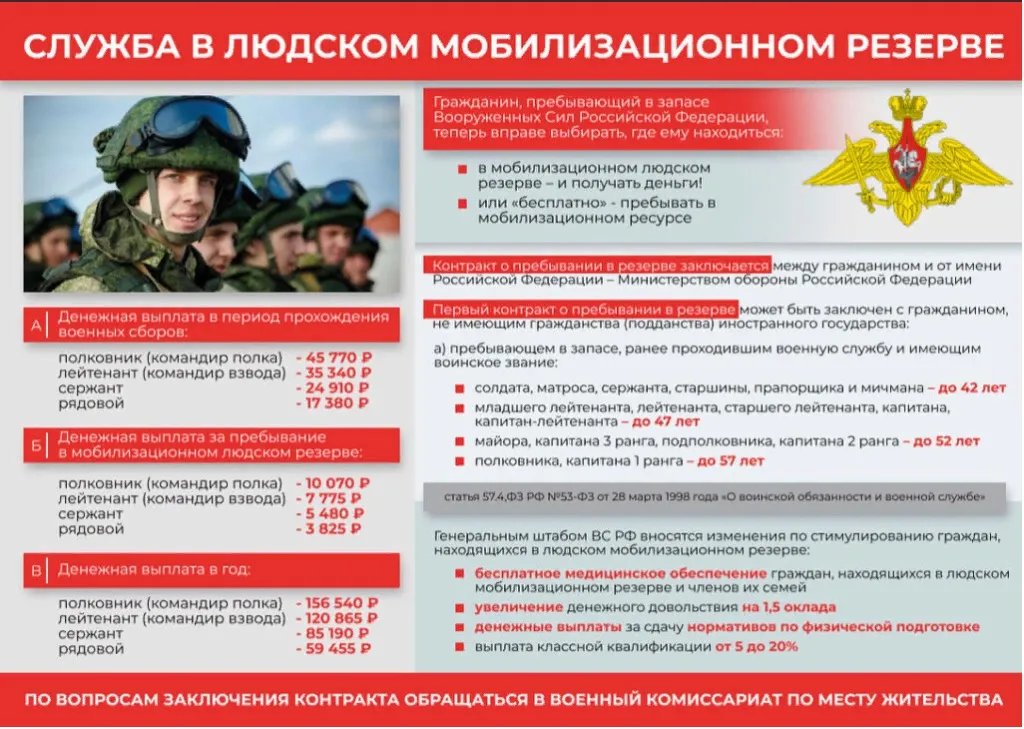🧵Thread
1/ Yesterday, a public announcement was made regarding the formation of a group called the "Club of Angry Patriots." To gain insight into the gravity of this group, I recommend briefly examining their backgrounds and reviewing the summary of their "manifesto."
1/ Yesterday, a public announcement was made regarding the formation of a group called the "Club of Angry Patriots." To gain insight into the gravity of this group, I recommend briefly examining their backgrounds and reviewing the summary of their "manifesto."

2/ This group consists of several terrorists, extremists, and political activists. Among its members are Pavel Gubarev, Vladimir Grubnik, Igor Strelkov, Viktor Alksnis, Maxim Kalashnikov, Maxim Klimov, Mikhail Aksel, and Evgeny Mikhailov. 
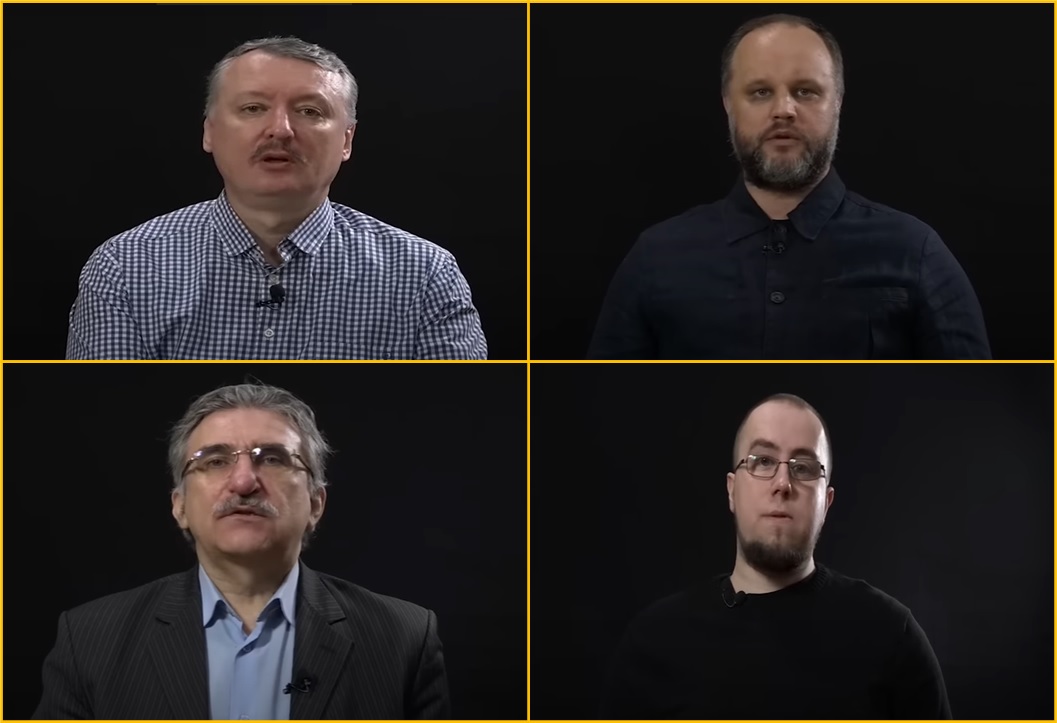
3/ Pavel Gubarev is known as the "People's Governor" of the Donetsk Region in 2014. Western audience may recognize him for his statement: "But if you don’t want to be convinced, we’ll k*** you. We’ll ki** as many as we have to: one million, five million, or exter**** all of you." 
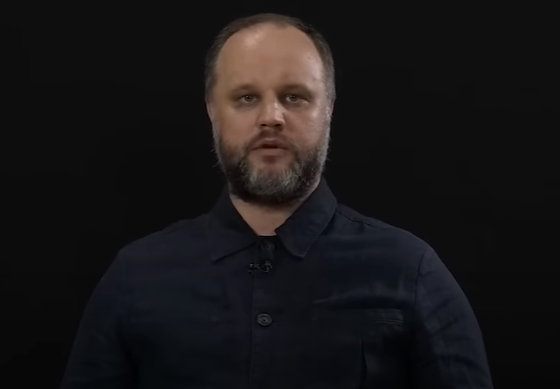
4/ Igor Strelkov(Girkin) is a terrorist, retired(?) FSB colonel, nationalist, and monarchist. Strelkov was a participant in the occupation of Crimea and was also a former leader of the separatist movement in Donetsk in 2014. He was convicted for shooting down flight MH17 
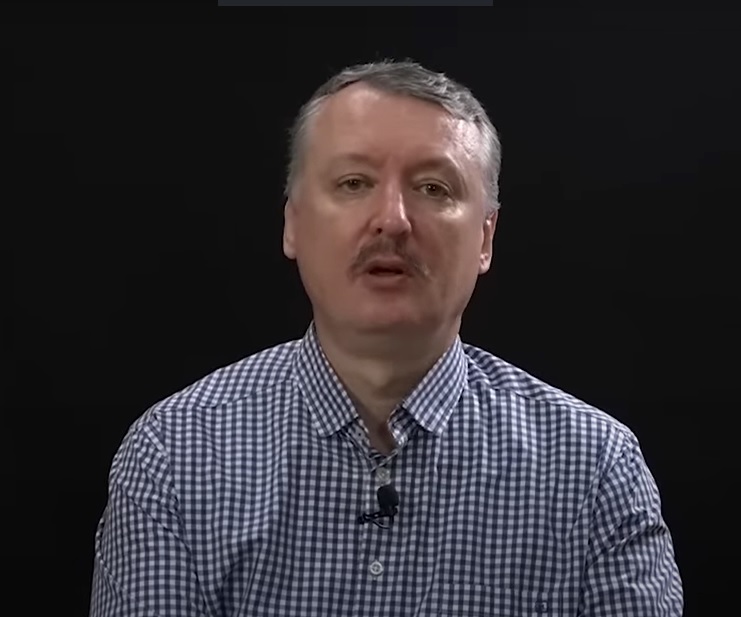
5/ Vladimir Grubnik is a notable leader of the russia-backed separatist movement in Odesa. He was arrested as a leader of a sabotage group in 2015, but later exchanged during a prisoner swap in December 2019. 

6/ Viktor Alksnis (also known as Black Colonel) is a former Soviet Air Forces colonel and a former Deputy of the State Duma. In 2018, he was elected co-chairman of the all-Russian movement "National-Patriotic Forces of Russia. 
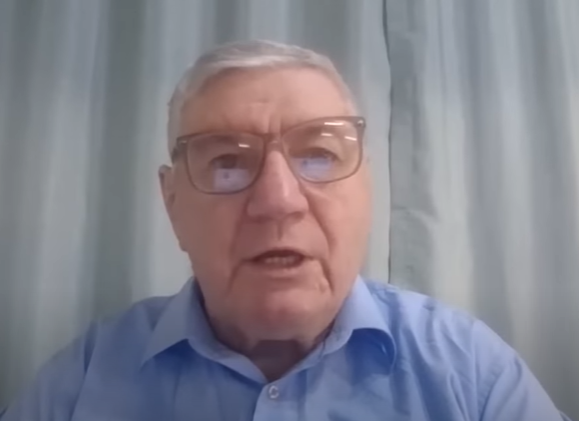
7/ Maxim Klimov is a retired Captain 3rd rank (equivalent to Lieutenant Commander in the US Navy). He frequently appears as a guest in Igor Girkin's videos and is often referred to as a "military expert" in various Russian media. Klimov mainly covers military naval topics. 

8/ Maxim Kalashnikov is a writer and political activist. He is the host of the online platform "ROI TV," which frequently features Girkin alongside various conspiracy theorists, monarchists, radicals and marginalized political groups. 

9/ Mikhail Axel is one of the leaders of the National-Bolshevik (Fascist-Communist party) movement in Moscow. He actively assisted Donbas separatists with humanitarian aid in 2015. 
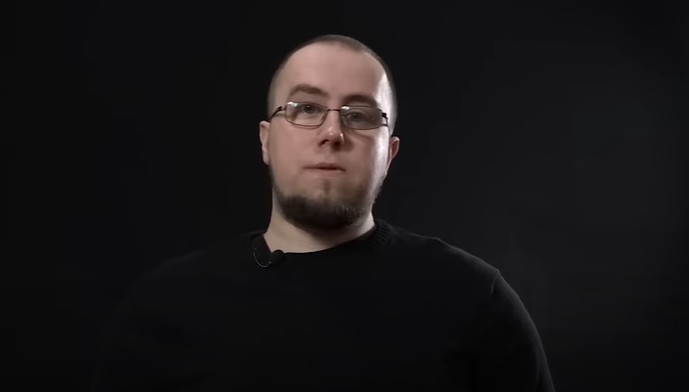
10/ Yevgeny Mikhailov is a former assistant to the Chief of Staff of the Presidential Administration of Russia until 2012. He is also a former Governor of Pskov oblast until 2004 and Member of the State Duma: 1993-1996. Mikhailov frequently appears as a guest on Strelkov's videos 
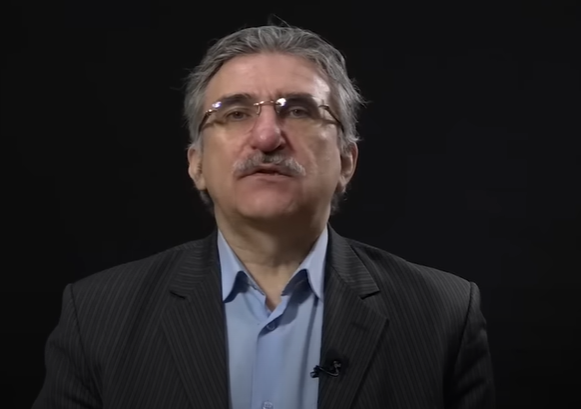
11/ The "Club of Angry Patriots" has formulated a set of beliefs and proposals, including recognizing Russia's right to restore its historical borders, opposing the policies of the Wagner group, avoiding new Minsk agreements, and approaching turbulent times with a united front.
12/ The "club" expresses concerns regarding the unpreparedness for a war of attrition, cautioning that a defeat could lead to the russia's collapse. They emphasize that they do not intend to remove the government, but aim to reverse a potential coup from Kremlin elites.
13/ They also aim to bridge the informational gap between decision-makers and the public. The club's overarching objective is to unite "genuine patriots" of diverse political backgrounds into a cohesive platform.
14/ Strelkov has a history of organizing such movements, as seen in creation of the "Committee of January 25th" in 2016. This committee proclaimed a goal to reunify the Russian people into a single state. It positioned itself as an anti-liberal third force
15/ If you are not familiar with this movement, it is not surprising as it existed for less than a year and did not produce any tangible results. There is a possibility that the "Club of Angry Patriots" may meet the same fate as its predecessor.
16/ The fact that this movement has made its presence known through a manifesto in russia, where even liking the wrong social media post can result in imprisonment suggests a backing from a powerful figure from elites, and developing internal struggle among them
• • •
Missing some Tweet in this thread? You can try to
force a refresh






